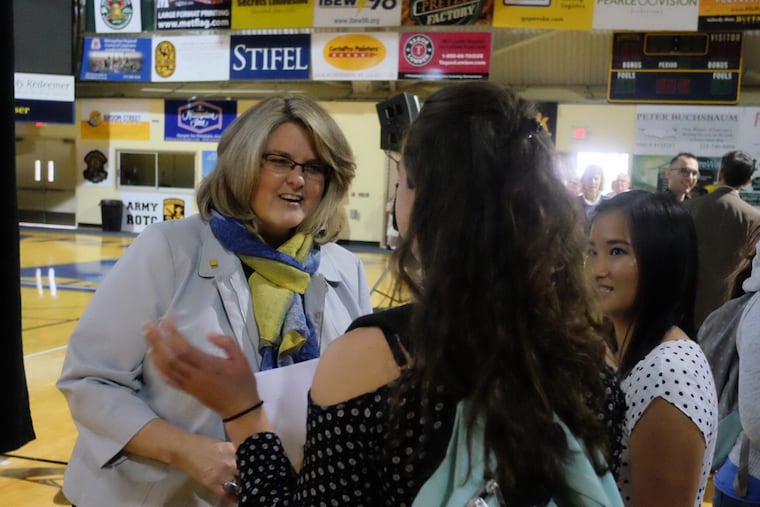La Salle president defends plans to sell art
Colleen M. Hanycz in a communication to alumni this week stated the university's case for pulling pieces of art from its museum for sale.

Colleen M. Hanycz in a communication to alumni this week stated the university's case for pulling pieces of art from its museum for sale.
